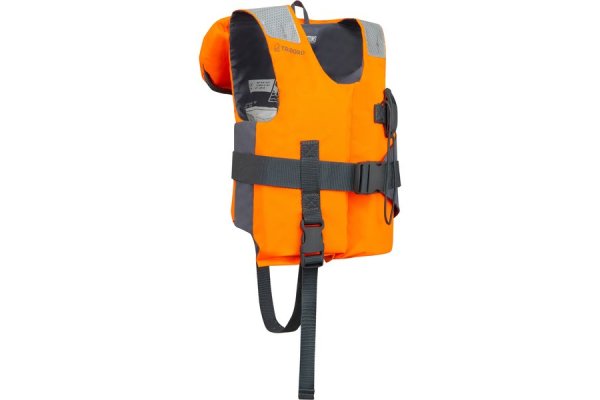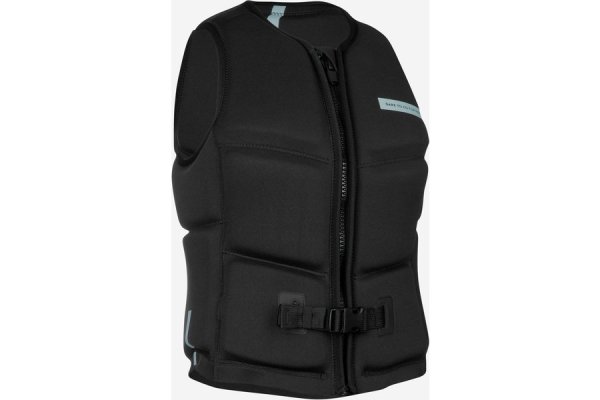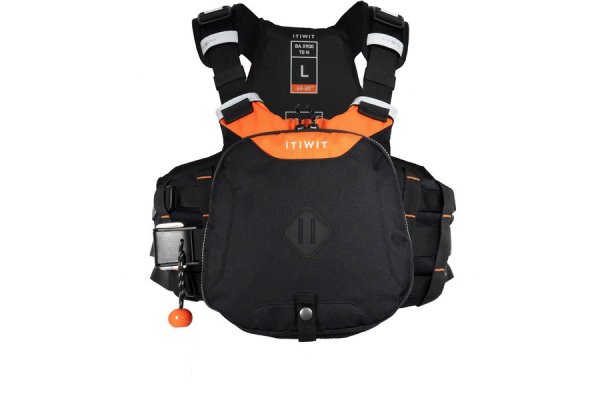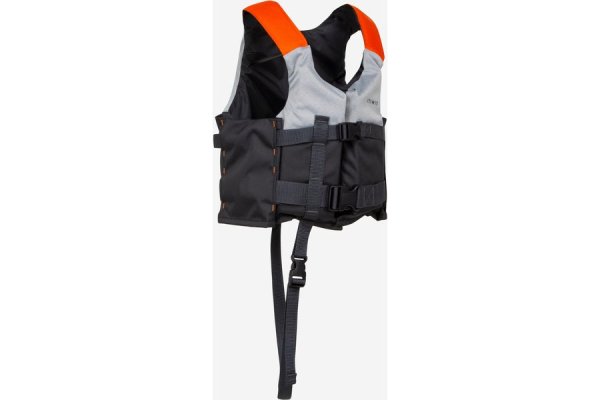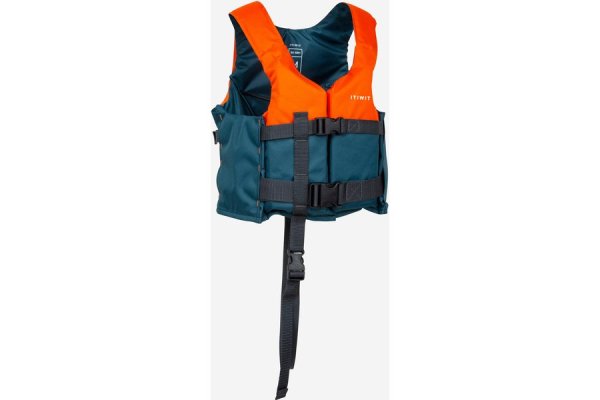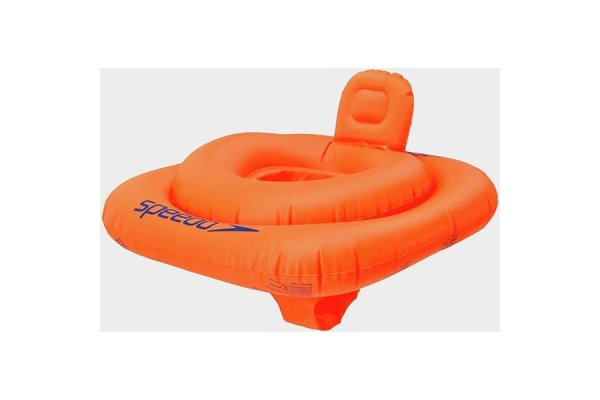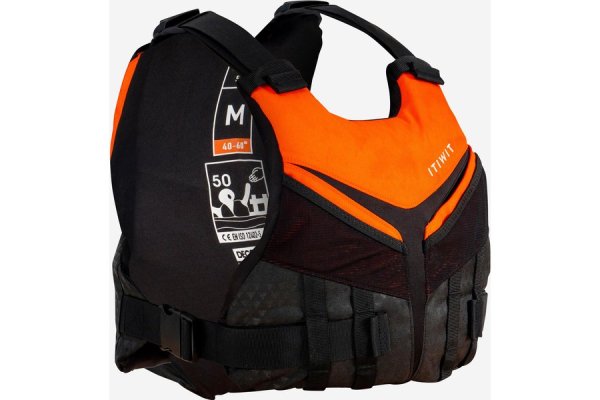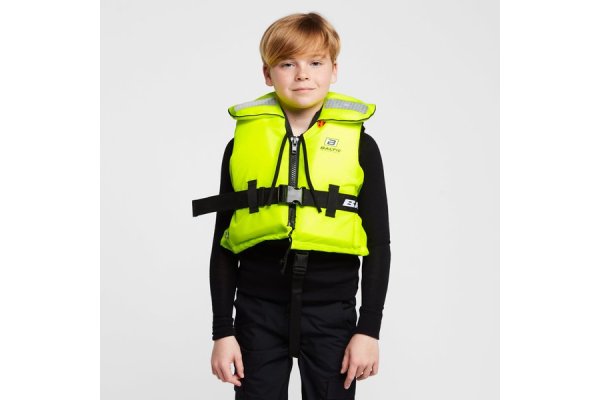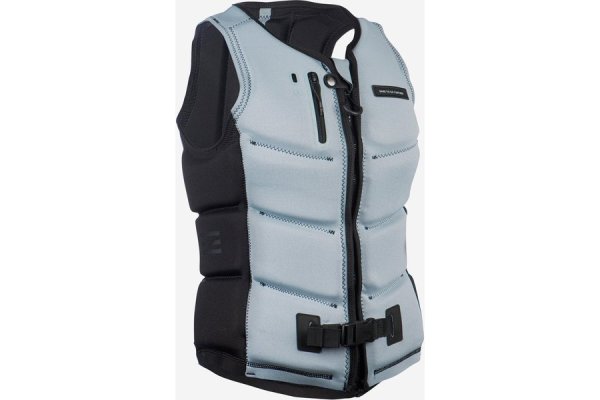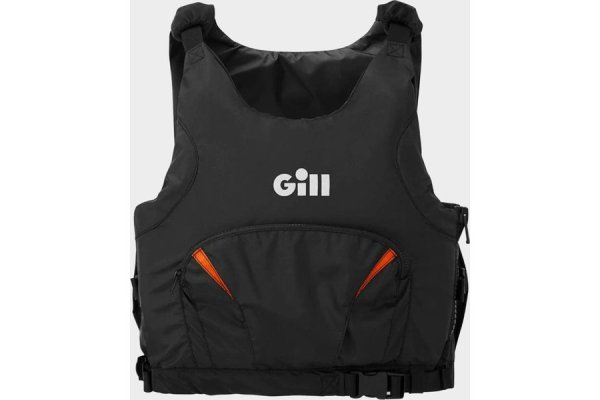Buoyancy Aids for all water sports activities
When engaging in water sports, safety is the most important point to consider. Even if you’re a strong swimmer, powerful currents and freak waves can cause issues that see you falling in the water. Treating the water with respect means wearing a buoyancy aid when enjoying water sports.
Choosing the right buoyancy aid
The type of aid you’ll require depends on the water sports activity you’re going to be performing. If you’re going to be kayaking or rowing for example, you’re going to need a lot more upper body flexibility and movement. You won’t be able to wear a restrictive buoyancy aid and perform a technically good rowing stroke!
If you’re using it on a boat with an engine, it’s a lot less important that you have free use of your arms.
Buoyancy aid size
You’ll have to make sure you’ve selected the right size buoyancy aid in order for it to work properly. Obviously you have the small, medium, large etc, but bear in mind you’ll have straps to make it tighter. What you don’t want to do is underestimate the size you need then be unable to secure it properly.
If you’re unsure of your size, you’re better off going a size up and making it tighter with the straps. This is far safer than being unable to do up your buoyancy aid, making it insecure.
Additional Features
There are buoyancy aids designed for a range of water sports. Beyond obvious features such as freedom to move your arms and how the aid fastens, there are features that can help you to make the right choice.
The number of pockets can help determine the suitability of a buoyancy aid. For example, if you’re kayaking for hours at a time, pockets are helpful because you’ll be able to store snacks, water, phones, maps etc. If you’re on a boat with plenty of storage space, you won’t need the additional pockets.
Buoyancy Rating
On a lot of buoyancy aids you’ll see a number with ‘N’ next to it – this is what is known as the ‘Newton Range’ and indicates how buoyant the aid is. Most aids will be around the 50N mark, which helps to keep you afloat should you fall into the water.
It’s important to note however that a buoyancy aid is NOT a life jacket – it’s designed to help you stay afloat and aid swimming to your vessel or the shore. It’s not to be relied upon as something that will keep you afloat for hours in rough seas. It’s an aid, not a life saver. It’s designed for water sports in calm waters. If you’re heading into rough seas, you’ll need something with 150N or more.
Our range of buoyancy aids
Our range of buoyancy aids will give you an extra level of protection and peace of mind for your water sports. For a small sum of money you can protect you and your family from the dangers of falling into the water, allowing you to enjoy the water without extra worry.





